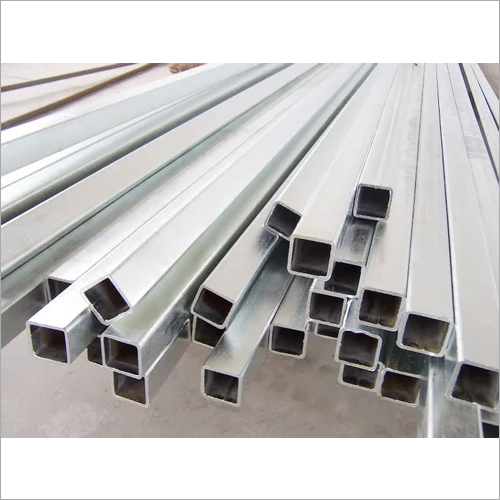GI Pipe
Product Details:
- Surface Finish Manual Polish
- End Protector Metal Pipe Cap
- Type Galvanized
- Product Type Galvanized Steel Pipes
- Material Mild Steel
- Shape Round
- Technique Hot Rolled
- Click to View more
GI Pipe Price And Quantity
- 58000 INR/Ton
- 5 Ton
GI Pipe Product Specifications
- Galvanized Steel Pipes
- Hot Rolled
- Manual Polish
- Mild Steel
- Galvanized
- Round
- Oiled
- White
- Metal Pipe Cap
GI Pipe Trade Information
- 100000 Ton Per Month
- 2 Days
- All India
Product Description
GI pipes are available in a variety of sizes and thicknesses to meet a range of needs. The nominal bore (NB) diameter, which represents the pipe's inner diameter, is commonly used to indicate size. Sizes between 12 inch and 6 inches or more are typical.
There are two main classifications of these pipes: medium (M) and heavy (H). The pipe's wall thickness and related strength are determined by the class. While heavy-class GI pipes are appropriate for more demanding or high-pressure applications, medium-class GI pipes are utilised for common purposes.
It's crucial to use the right installation methods while working with GI pipes, including securely attaching the pipes using threaded connections or welding. Regular upkeep and inspections are also required to look for any indications of corrosion or harm to the zinc covering.
It's important to note that although GI pipes are frequently utilised, there are other pipe materials including PVC, CPVC, and stainless steel pipes that are also available. The particular use, the climate, and the budget all have a role in the choice of pipe material.

Price:
- 50
- 100
- 200
- 250
- 500
- 1000+
Other Products in 'Pipes' category
GST : 19ALVPP1192L1Z7







 Send Inquiry
Send Inquiry Send SMS
Send SMS
